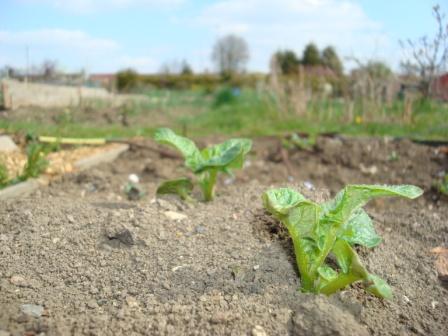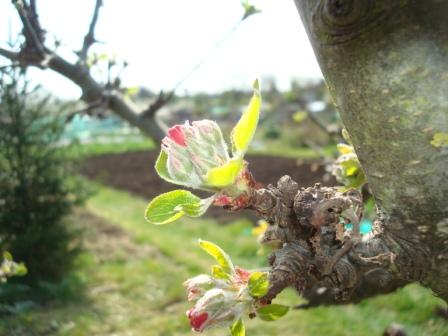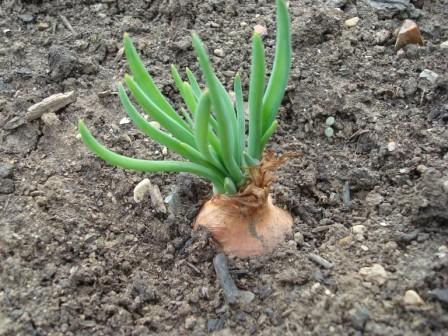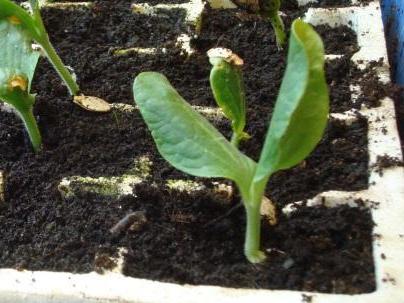|
| Back to top
|
|
Notes on fertilisers
Why do we need to fertilise our garden plants?
For a start, unless you are growing plants in their natural habitat and returning all waste matter to the soil, the soil will need to be fertilised to replace lost nutrients.
As well, those garden plants that originate in soils with higher nutrient content they will need to be fertilised to grow happily.
Another reason for fertilising is that, in time, established plants use up all the goodness in the surrounding soil.
And some plants, such as fruit trees, vegetables and roses, have been bred to be super productive and need extra. Lawns are other good examples. Every time the lawn is mowed and the clippings removed, the plants have to begin re-growing their leaves again.
It is important to be aware that fertilisers are not ‘food’ for plants – plants manufacture their own sugars from the sun – but are necessary to enable plants to function effectively. However, generally, the term ‘plant food’ is commonly used when referring to fertilisers.
Elements Essential for Plant Growth
Carbon, oxygen and hydrogen can be obtained from the air and water but all other elements are dissolved in water and taken up by the plant’s roots or, to a limited extent, by its leaves.
The major elements are:
- Nitrogen (N): Nitrogen is an essential part of the proteins in plant cells. It is most important for leaf growth and is a necessary part of the green pigment chlorophyll.
- Phosphorus (P): Phosphorus is imprtant in cell formation so is most needed by the growing parts of the plant. Phosphorus promotes the development of seedlings, root growth, flowering and formation of fruits and seeds.
- Potassium (K): Potassium assists in photosynthesis and is helpful to the plant’s ‘food factory’. It assists the plant’s overall strength, water uptake and disease resistance, and improves the quality of flowers, fruits and seeds.
Minor Elements Are:
- Calcium (Ca): Calcium forms the cell wall structure. It is available in lime, superphosphate and gypsum but is quickly leached out by heavy rain. Watch out for blossom end rot (sunken areas on the base) on fruits, especially tomatoes. This is caused by lack of calcium or by poor uptake of calcium which may be a result of unreliable watering.
- Sulphur (S): Sulphur forms part of plant protein. Deficiency is relatively rare because sulphur is found in most plant foods.
- Magnesium (Mg): Magnesium is important in photosynthesis because it is present in chlorophyll. New leaves have first call on this nutrient and, because magnesium moves very readily through the plant’s system, deficiency is most often evident as yellowing of the older leaves. A magnesium boost is supplied by an application of Epsom Salts dissolved in water.
- Trace Elements: Iron, Manganese, Zinc, Copper, Boron, Molybdenum.
Trace elements are essential to plant growth but are only needed in minute quantities. It is important to remember that the symptoms of excessive application may be as severe as the symptoms of deficiencies – in other words, use sparingly!
Types Of Fertilisers
- Organic Fertilisers:
Animal Manures – These are excellent for improving soil structure when used in relatively large quantities, but their nutrient value is relatively low and vary variable, depending on the type of manure and the animal’s diet.
Pelletised Poultry and Sheep Manures – Manure has been compressed into pellets and dried so that, as the pellets break down, the nutrients release gently over a long period. Dynamic Lifter Organic Plant Food and BioGold are good examples.
Blood and Bone – This is the original ‘slow release’ fertiliser. It is made from the waste products of abattoirs and provides a very gentle, long-term feeding. It does not contain potassium.
Green Manure Crops – A leguminous plant, such as peas, is grown (because it can trap atmospheric nitrogen) and dug into the soil after flowering. The use of green manure crops is limited by the space available.
- Inorganic Fertilisers
Powdered and Granular NPK Fertilisers (such as Thrive granular), come in different formulations to suit different types of plants. These usually contain a high proportion of soluble nitrogen so can be very damaging to roots unless there is plenty of water available to assist the nitrogen to dissolve. Always supply to a moist soil and water well after application.
Specific formulations are recommended for particular groups of plants (eg lawns, natives, camellias and azaleas).
- Water Soluble and Liquid Fertilisers:
These types of complete fertilisers are designed to dissolve rapidly in water and are applied directly to the plant by a watering can or a hose-spray attachment.
Examples: Thrive liquid concentrates, Fish Emulsion, Nitrosol, Thrive Soluble (All Purpose and Flower & Fruit).
- Controlled Release Fertilisers
These are relatively new developments in fertilisers and they have revolutionised fertiliser application in production nurseries. They consist of a soluble NPK fertiliser particle surrounded by a protective coating. Yates Nutricote, for example, has a polymer resin coating which acts as a membrane. Water penetrates the membrane and dissolves the fertiliser, which then begins to seep through the membrane. The rate of nutrient release is controlled by temperature, which means that more nutrients are released when the plants are actively growing.
Calcified Seaweed
Calcified Seaweed is a calcareous algae resembling coral, known to marine biologists as Lithothamnium Calcareum. It is dredged from the sea bed mainly off the Brittany coast, dried at low temperature and crushed to a fine powder, which is readily assimilated by the soil. It contains about 46% calcium oxide, 5% magnesium oxide; sulphur, copper, iodine and cobalt and some twenty trace elements.
It is an ideal soil conditioner and clay breaker, and can be used on lawns, beds and borders as an alternative to lime to correct soil acidity. It is highly favoured by chrysanthemum, sweet pea, dahlia, leek and onion growers.
Superphosphate
A rich phosphorus fertiliser for stimulating root growth in trees, shrubs and lawns.
Features
- Ideal for feeding root vegetables such as carrots and beetroot. Assists seed germination.
- Phosphorus is released slowly to the plant.
- How It Works: Superphosphate is gradually decomposed in the soil, providing soluble phosphorus which is absorbed by roots and translocated within the plant.
- Ingredients: Phosphorus (NPK analysis: 0 : 9 : 0).
- Directions for use: One adult handful holds approximately 100 grams.
Apply twice a year at the following rates:
Sowing or planting – spread 50 grams evenly per square metre and rake into top soil.
Established plants – spread 50 grams evenly per square metre, lightly rake into top soil and water in well.
Lawns – apply 20 grams evenly per square metre and water in well.
- Precautions: Do not apply around native plants.
Sulphate of Ammonia
A rich nitrogen fertiliser for healthy green leaf growth of garden plants and for greening lawns.
Features
- Fast acting, visible results.
- Ideal for greening both ornamental plants and lawns.
- Can be used dry or made into a liquid fertiliser.
- How It Works: Nitrogen in ammonium form is absorbed into the root system of plants once it has been dissolved in water.
- Ingredients: Nitrogen (NPK analysis: 20.5 : 0 : 0).
- Directions for use: One adult handful holds approximately 70 grams.
Apply Sulphate of Ammonia every 6 weeks from early spring to early autumn at the following rates:
Dry application – spread 15 grams per square metre evenly and water in well.
Liquid application – dissolve 30 grams in 5 litres of water in a watering can and spread evenly over 2 square metres.
- Precautions: Wash any fertiliser off foliage and water in well if applying dry.
Sulphate of Potash
Rich source of potassium for encouraging flowering and fruiting in all plants, as well as promoting disease resistance.
Features
- Great source of potassium.
- Improves flower and fruit quality.
- Ideal for mixing with Blood and Bone for an organically based complete fertiliser.
- Ingredients: Nitrogen (N) 0%; Phosphorus (P) 0%; Potassium (K) 40%
- Directions for use: One adult handful holds approximately 40-50g; Apply Sulphate of Potash at the following rates:
Base Dressing: Apply 45g per square metre and lightly mix into the soil.
Established Plants: Apply as a maintenance dressing at the rate of 15-30g per square metre and lightly mix into the soil.
|







